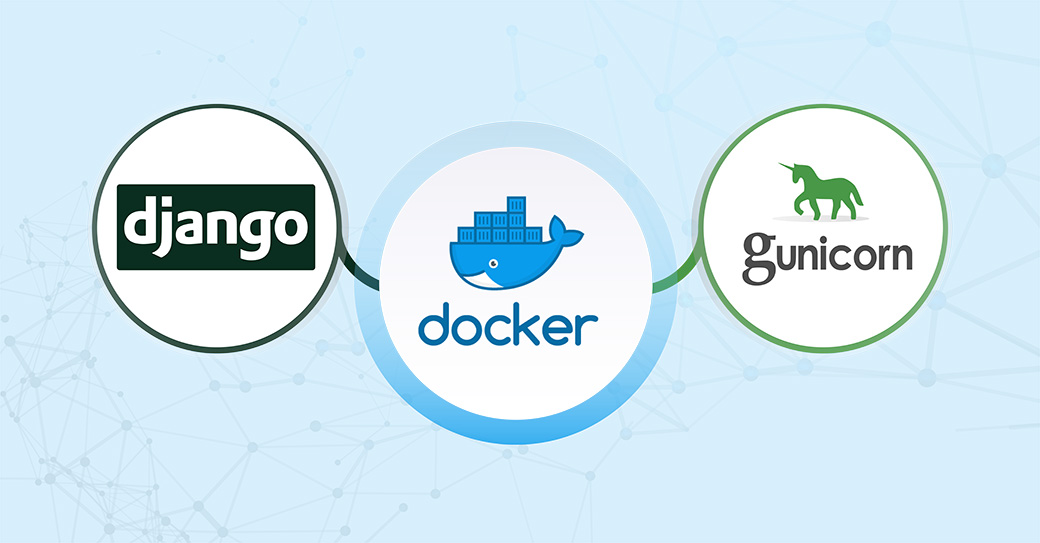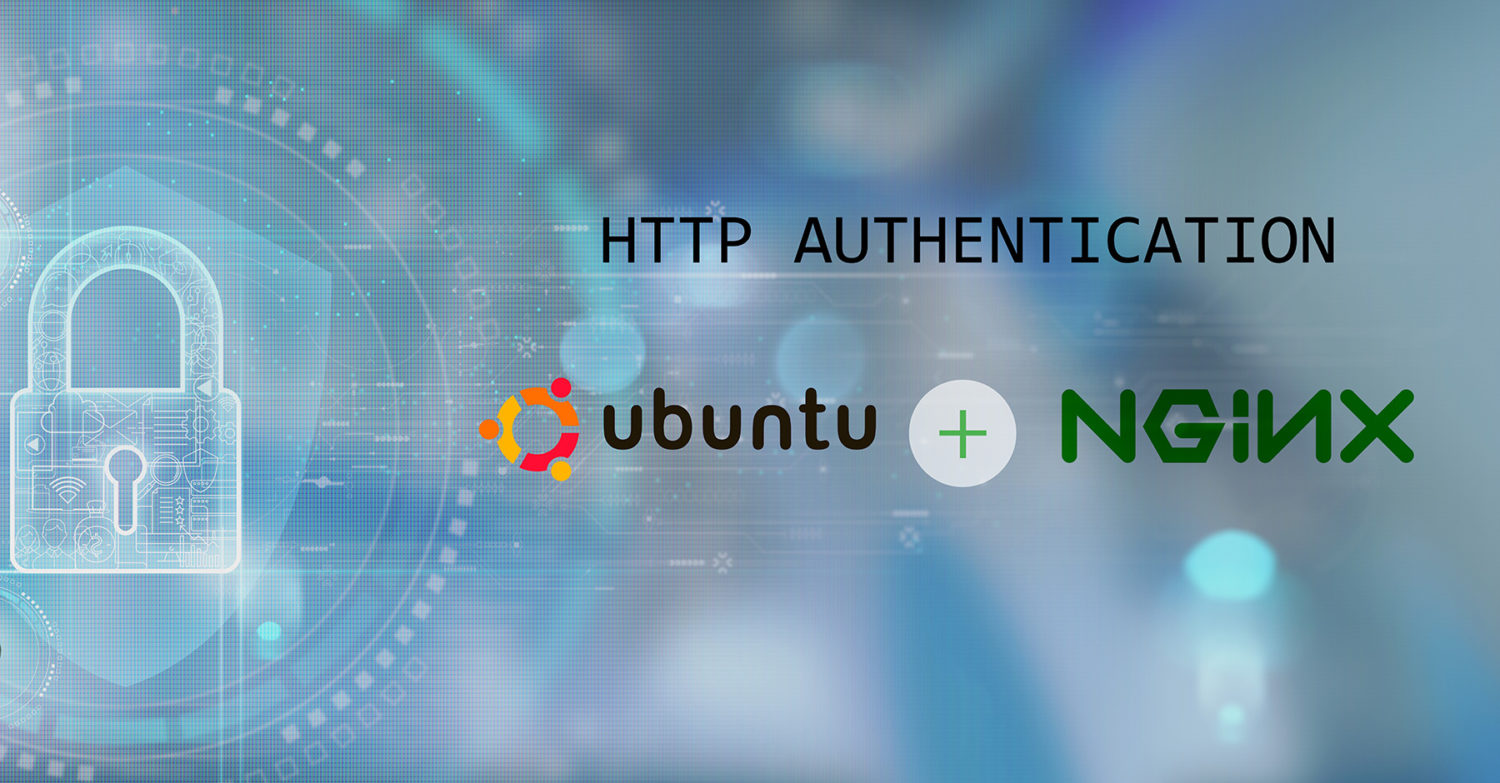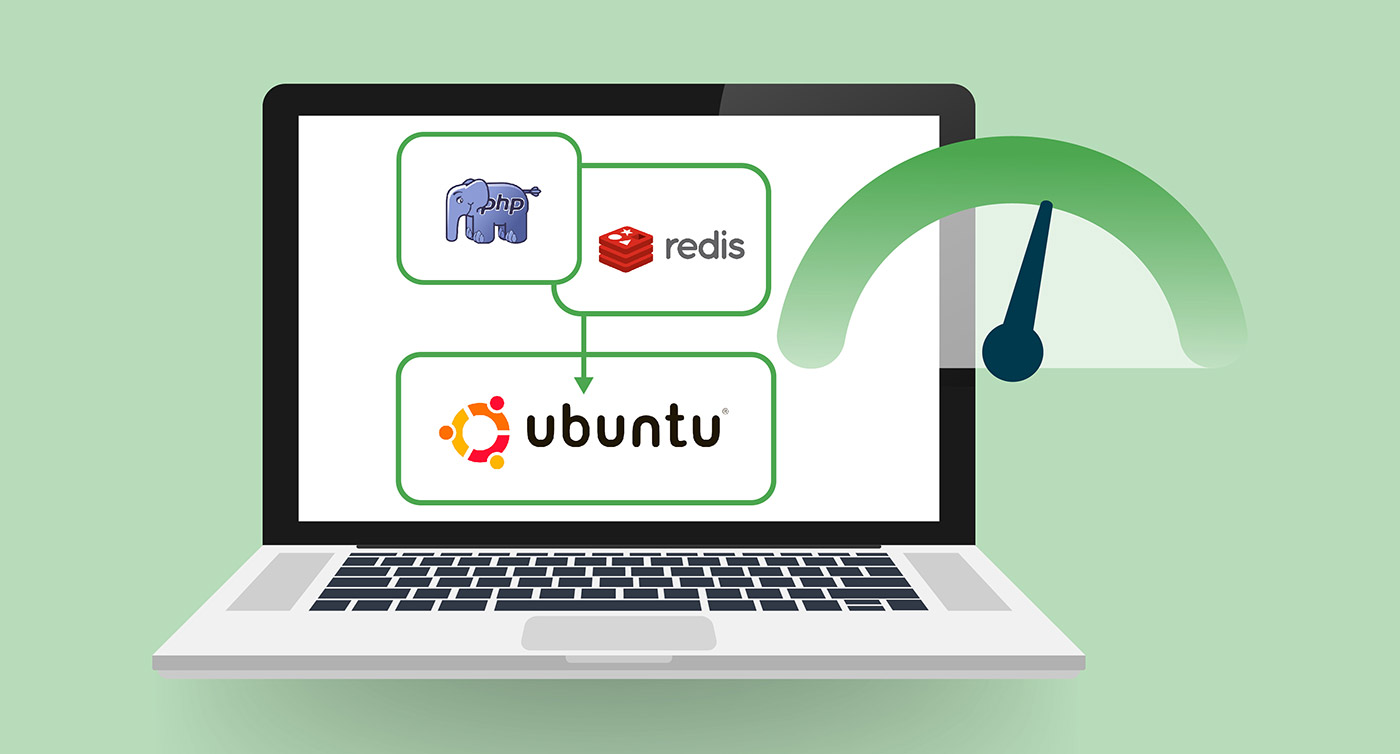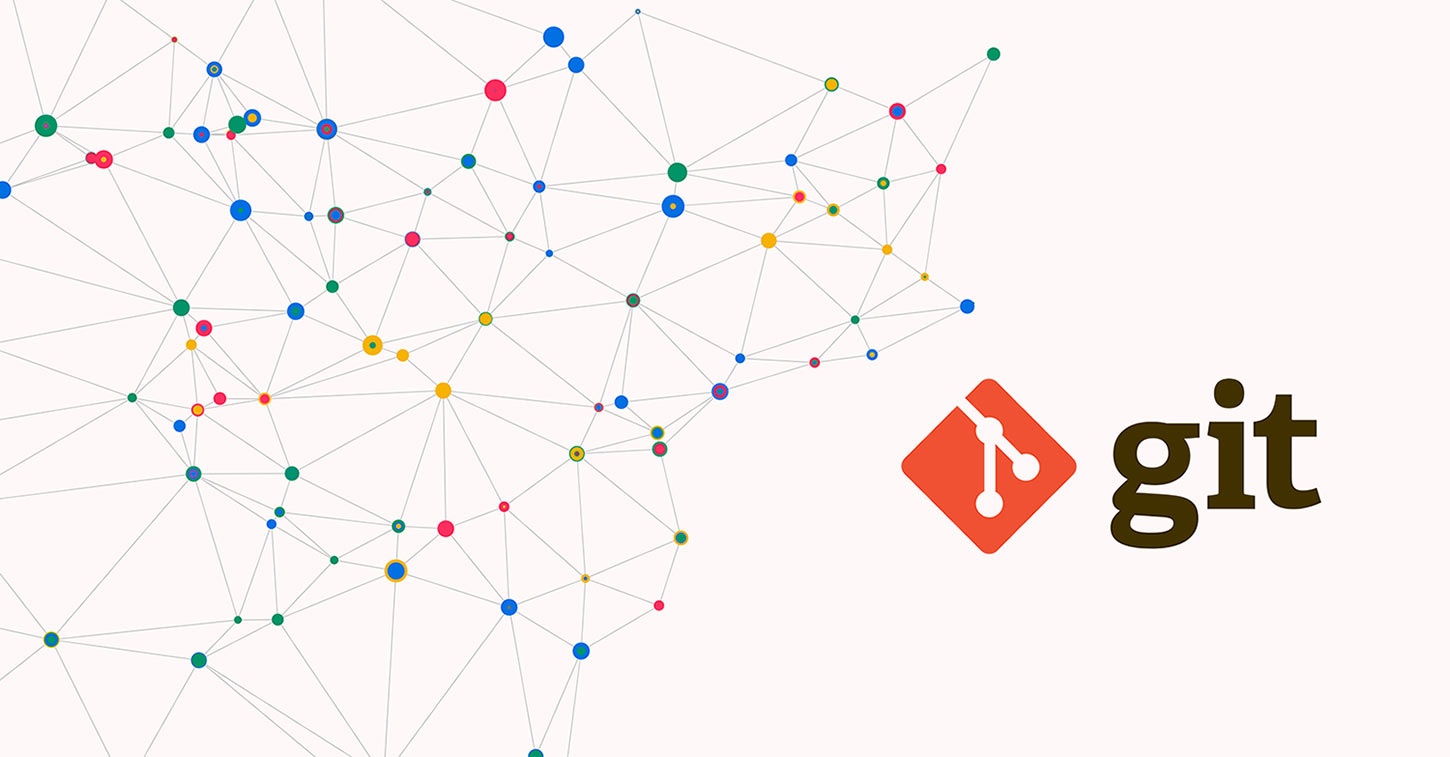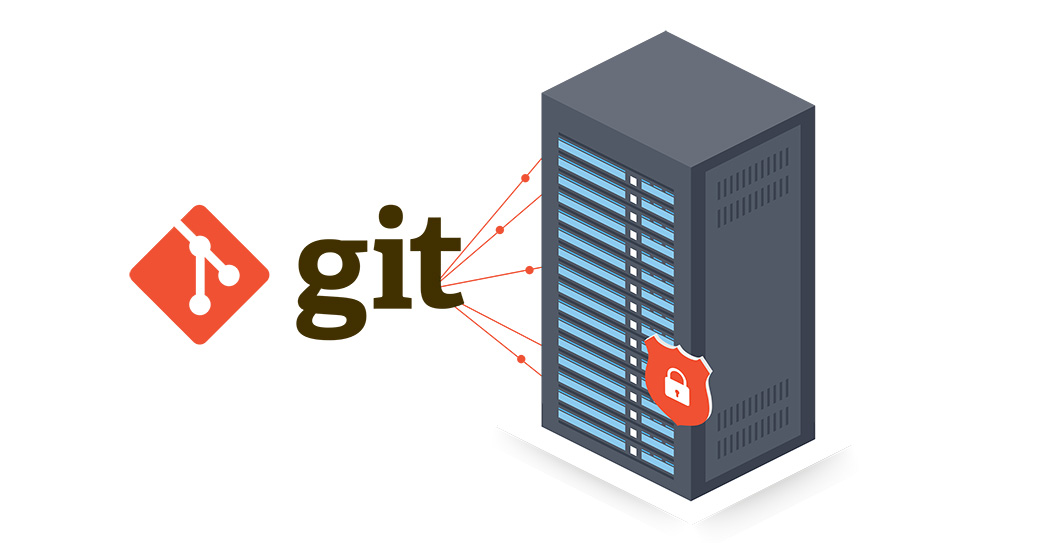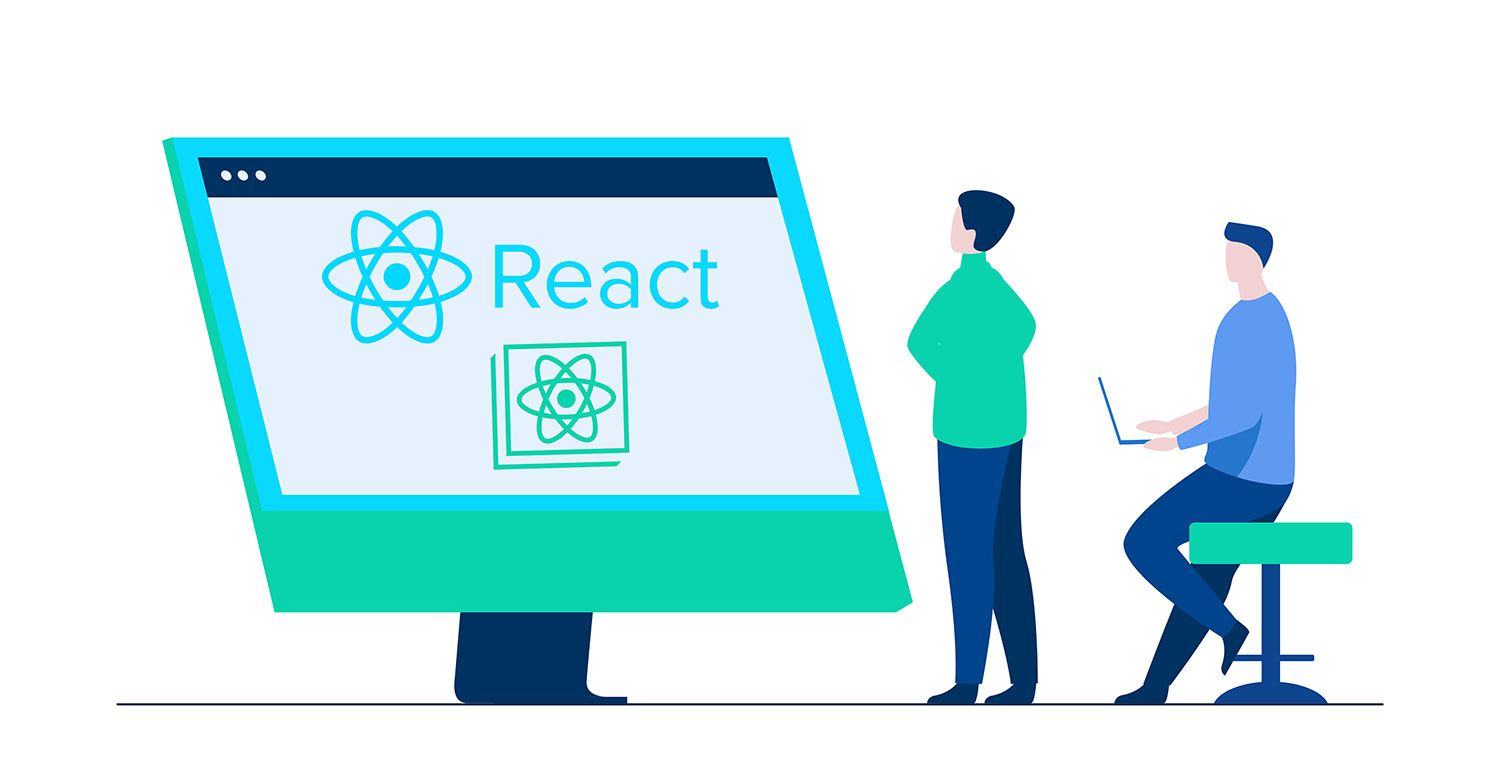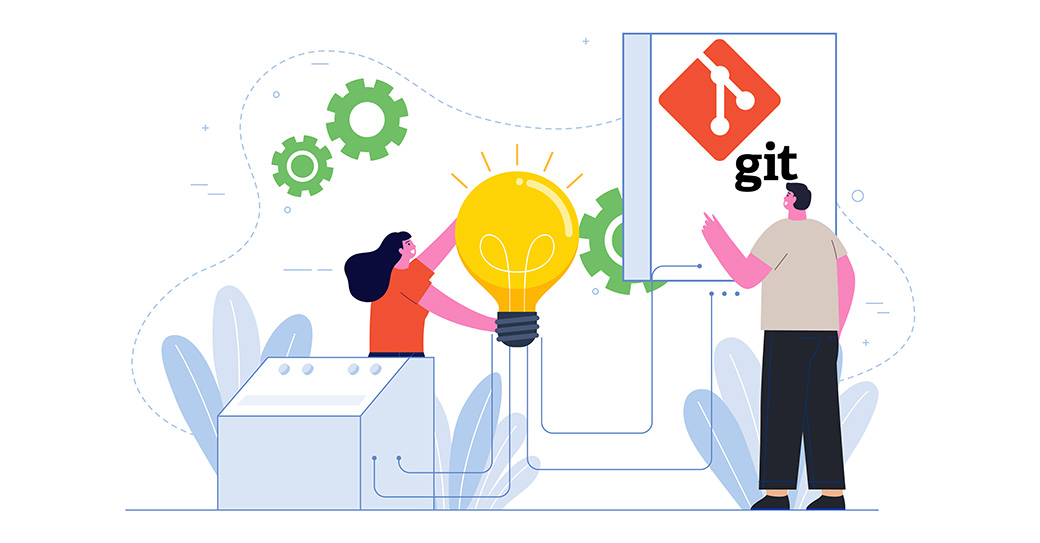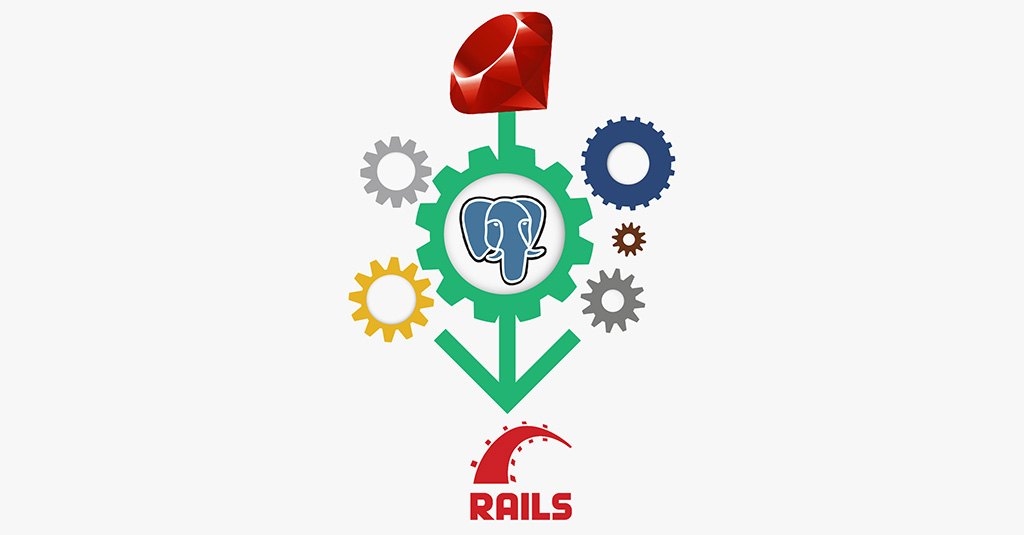Django is a high-level open-source Python web framework that can help you build your Python application quickly. It encourages rapid development and clean, pragmatic design by following the model–template–views architectural pattern. Out of the box, the framework comes with the necessary modern application components such as user authentication, caching framework, object-relational mapper, URL Dispatcher, template system, and customizable administrative interface. …
Configuring Basic HTTP Authentication with Nginx on Ubuntu 20.04
Nginx is a free, open-source web server used for load balancing, buffering, and caching. Since its inception in 2004, Nginx has gained popularity for scaling web servers and reverse proxying. Due to its high performance and excellent capabilities to handle a large volume of connections, it is used to manage and control incoming traffic. How Does HTTP Authentication Work? In …
Installing Webmail Client with Roundcube on Ubuntu 20.04: A Tutorial
Roundcube is an open-source IMAP browser-based email client. It has gained popularity for supporting ACLs and utilizing AJAX (Asynchronous JavaScript and XML) technology. It has excellent features and end-to-end functionalities like email management, MIME support, and folder manipulation, to name a few. Besides, Roundcube offers message searching, spelling checks, calendars, and contact management seamlessly. Above all, it has a robust …
Implementing PHP Rate Limiting Using Redis on Ubuntu 20.04: A Tutorial
Redis, also called Remote Dictionary Server, is an open-sourced in-memory database. It is a data-structured storage system that runs on a server’s RAM, which is much quicker than the fastest Solid State Drive (SSD). As a result, Redis is very responsive and an excellent fit for rate limiting. Rate limiting restricts the number of times a user may request a …
Using Git Branches: A Tutorial
Git is an open-source version control system (VCS) that can handle projects of every size. This DevOps tool is free and open-source (Git source code on GitHub). It tracks changes in the source code, allowing multiple developers to work in sync on a non-linear development. Git was first introduced back in 2005 by Linus Torvalds. This guide will showcase how …
Installing Apache Tomcat 9 on Ubuntu 20.04
Apache Tomcat software is a Java-based HTTP server that can run Java technologies like Java Servlet, JavaServer Pages (JSP), and Java Expression Language. The advanced built-in customization options, high flexibility, and impressive stability make the software highly in-demand and a popular pick among developers globally. Let’s see what makes Apache Tomcat stand out among competitors: Open-Source Apache Tomcat is an …
How to Configure Automatic Deployment with Git with a VPS
Git is the most popular version control system in the field of software development. It’s open-source and actively maintained since 2005 by Linus Torvalds, the famous creator of Linux. Today, a staggering number of software projects (including commercial ones) use Git for version management. Git follows a distributed architecture, making it a perfect example of a DVCS (Distributed Version Control …
Setting Up a React Project with Create React App
React is one of the most popular JavaScript libraries for developing front-end apps. It’s an open-source library that was originally developed by Facebook. React quickly became popular for creating fast applications with JSX – a programming paradigm that combines JavaScript with an HTML-like syntax. Previously, setting up a React project would have been a complex process. It required configuring the …
Connecting PostgreSQL with Node.js Applications: A Tutorial
When it comes to database management, PostgreSQL is one of the most popular open-source programs used all across the board. The CloudSigma PaaS allows you to install either a standalone or clustered PostgreSQL database for your application. Furthermore, CloudSigma PaaS makes connection configuration and scaling an absolute breeze. So how can you go about connecting your Node.js application to a …
Setting up Ruby on Rails with PostgreSQL
Among all the available database engines, PostgreSQL is one of the most popular ones. It’s a well-known open-source database system known for its reliability, robust features, and performance. Because PostgreSQL is a popular choice, it’s supported by almost all major web frameworks. Similar to its competitors MySQL and SQLite, PostgreSQL also has its strong and weak points. Ruby on Rails …
Creating Django Models: A Tutorial
Django is a well-known web framework for the rapid development of secure and maintainable websites and web apps. Built using Python, Django simplifies web development, allowing more time and focus on writing apps without reinventing the wheel every single time. Django is a free and open-source project with robust official documentation, great community support, and plenty of free and paid-for …


